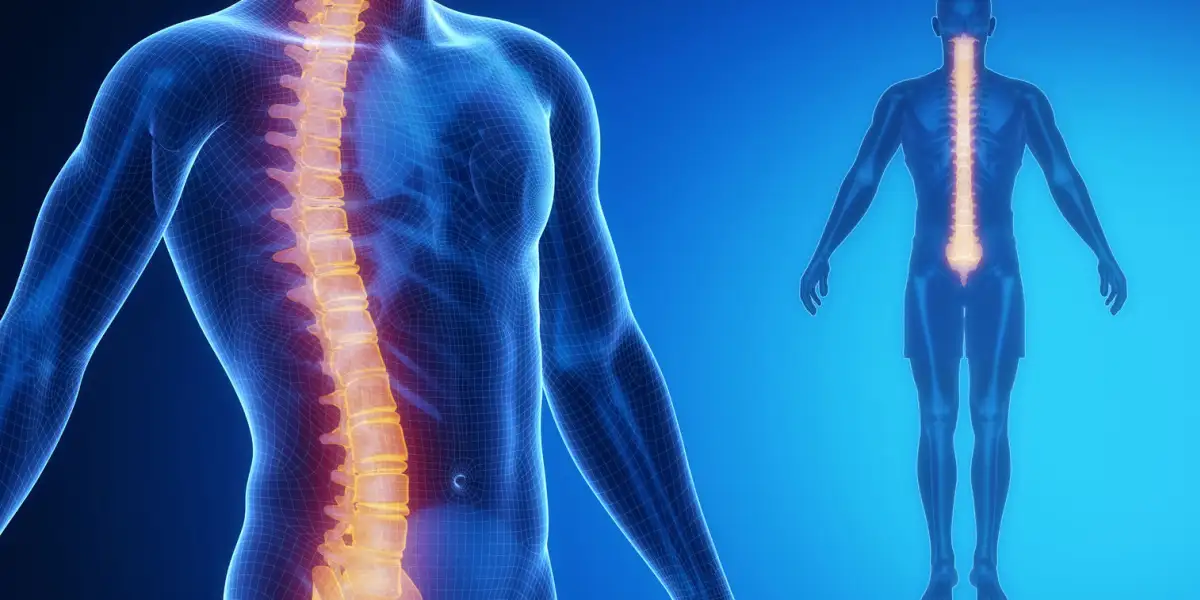Chronic pain, a pervasive and debilitating condition affecting millions worldwide, often poses a significant challenge for both patients and healthcare providers. In the realm of pain management, spinal cord stimulators (SCS) have emerged as a breakthrough technology offering relief to individuals for whom traditional methods have proven ineffective. This article explores the intricacies of spinal cord stimulators, their applications, the science behind their function, the procedural aspects, benefits, potential risks, and the evolving landscape of this innovative approach to chronic pain management.
Understanding Spinal Cord Stimulators:
- Mechanism of Action: Spinal cord stimulators operate on the principle of neuromodulation, aiming to disrupt or mask pain signals before they reach the brain. This is achieved by placing small electrodes along the spinal cord, near the areas responsible for transmitting pain signals. The electrodes are connected to a compact implanted device that generates electrical pulses. These pulses interfere with the pain signals, effectively reducing the perception of pain.
- Indications and Applications: Spinal cord stimulators are predominantly used in cases of chronic pain that have not responded adequately to conservative treatments. Common indications include:
- Failed Back Surgery Syndrome (FBSS): Individuals experiencing persistent pain after spinal surgery may find relief through SCS.
- Complex Regional Pain Syndrome (CRPS): SCS has shown efficacy in managing the severe pain associated with CRPS.
- Peripheral Neuropathy: Chronic pain resulting from peripheral nerve damage can be targeted with spinal cord stimulation.
- Ischemic Limb Pain: Patients with pain due to poor blood circulation in the limbs may benefit from SCS.
Procedural Aspects of Spinal Cord Stimulator Implantation:
- Patient Evaluation: The journey towards spinal cord stimulator implantation begins with a thorough evaluation of the patient’s medical history, pain condition, and response to previous treatments. Psychological and physical assessments help determine the suitability of SCS for the individual.
- Trial Stimulation: Before permanent implantation, patients typically undergo a trial stimulation period. During this phase, temporary electrodes are placed near the spinal cord, and the patient is provided with an external stimulator. This trial period allows both the patient and healthcare provider to assess the effectiveness of SCS in managing pain.
- Permanent Implantation: If the trial stimulation proves successful, the patient may proceed to the permanent implantation of the spinal cord stimulator. This involves a minor surgical procedure where the permanent electrodes are placed near the spinal cord, and the pulse generator is implanted typically in the abdomen or buttock region. The device is programmable, allowing adjustments to optimize pain relief.

Benefits of Spinal Cord Stimulators:
- Reduction in Medication Dependency: One of the significant advantages of spinal cord stimulators is their potential to reduce dependence on pain medications. For individuals grappling with opioid or other analgesic medications, SCS can offer an alternative approach to pain management, minimizing the risk of addiction and associated side effects.
- Improved Functionality and Quality of Life: By mitigating chronic pain, spinal cord stimulators contribute to improved functionality and overall quality of life. Patients who were once limited in their daily activities due to pain may experience a significant enhancement in their ability to engage in work, social interactions, and recreational pursuits.
- Reversibility and Adjustability: Unlike some surgical interventions, spinal cord stimulators are reversible. If the device does not provide the expected relief or if circumstances change, it can be removed. Additionally, the programmability of the device allows for adjustments to the stimulation parameters, catering to the evolving needs of the patient.
Potential Risks and Considerations:
- Surgical Risks: As with any surgical procedure, there are inherent risks associated with the implantation of spinal cord stimulators. These may include infection at the implant site, bleeding, or a reaction to anesthesia. Careful preoperative evaluation and adherence to sterile techniques help mitigate these risks.
- Ineffectiveness for All Pain Types: While highly effective for certain chronic pain conditions, spinal cord stimulators may not be equally effective for all types of pain. The success of SCS depends on the nature and location of the pain, as well as individual patient factors. A thorough evaluation, including a trial stimulation, helps identify suitable candidates.
- Device-related Issues: Spinal cord stimulators, like any electronic device, may encounter malfunctions or complications over time. These can include issues with the electrodes, battery depletion, or changes in the patient’s anatomy affecting device function. Regular follow-ups and monitoring help identify and address these issues promptly.

The Evolving Landscape of Spinal Cord Stimulators:
- Advancements in Technology: Ongoing advancements in technology are enhancing the capabilities of spinal cord stimulators. Smaller, more sophisticated devices with improved battery life and enhanced programming options are becoming available. Additionally, wireless technology is being explored to eliminate the need for physical connections between the device and the external programmer.
- Expanded Applications: Research and clinical trials are exploring the potential of spinal cord stimulation for a broader range of pain conditions. As our understanding of pain mechanisms deepens, SCS may find applications in managing conditions beyond the currently established indications.
- Integration with Other Therapies: The future of spinal cord stimulators may involve their integration with other therapeutic modalities. Combined approaches, such as pairing SCS with drug delivery systems or complementary therapies, could offer synergistic benefits for pain management.
Conclusion:
Spinal cord stimulators represent a groundbreaking advancement in the field of chronic pain management, offering a viable solution for individuals who have exhausted traditional treatment options. From their mechanism of action to the procedural aspects, benefits, and potential risks, spinal cord stimulators provide a multifaceted approach to alleviating chronic pain. As technology continues to evolve and research expands, the landscape of spinal cord stimulation is poised for further advancements, promising new hope for individuals seeking relief from the burdens of persistent pain.

